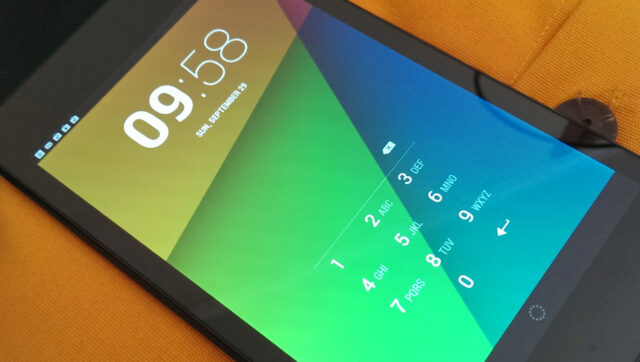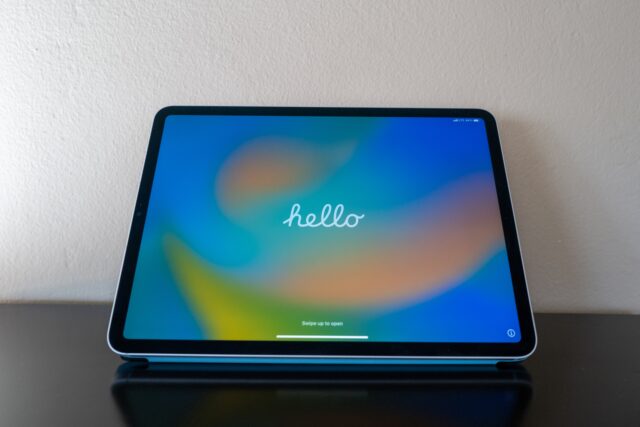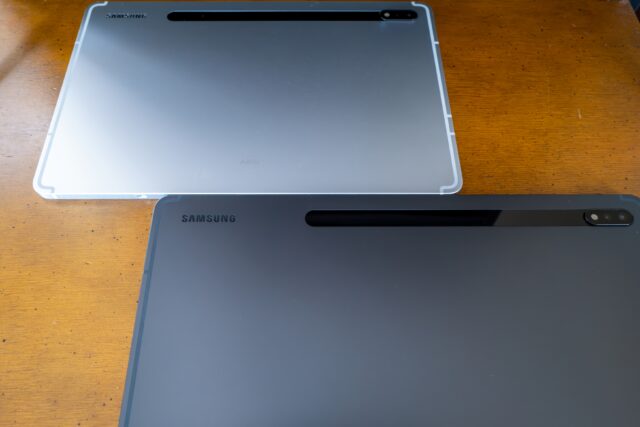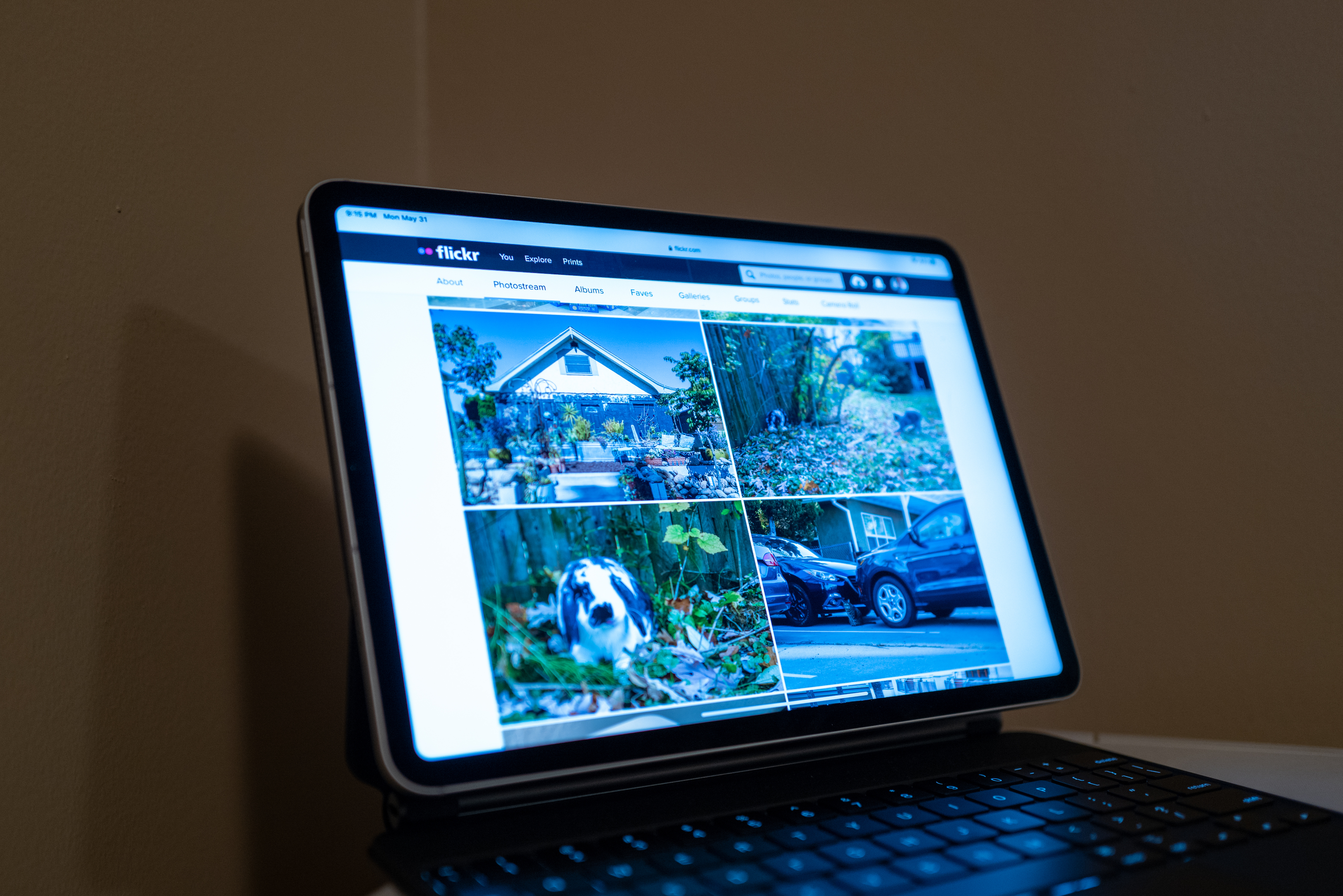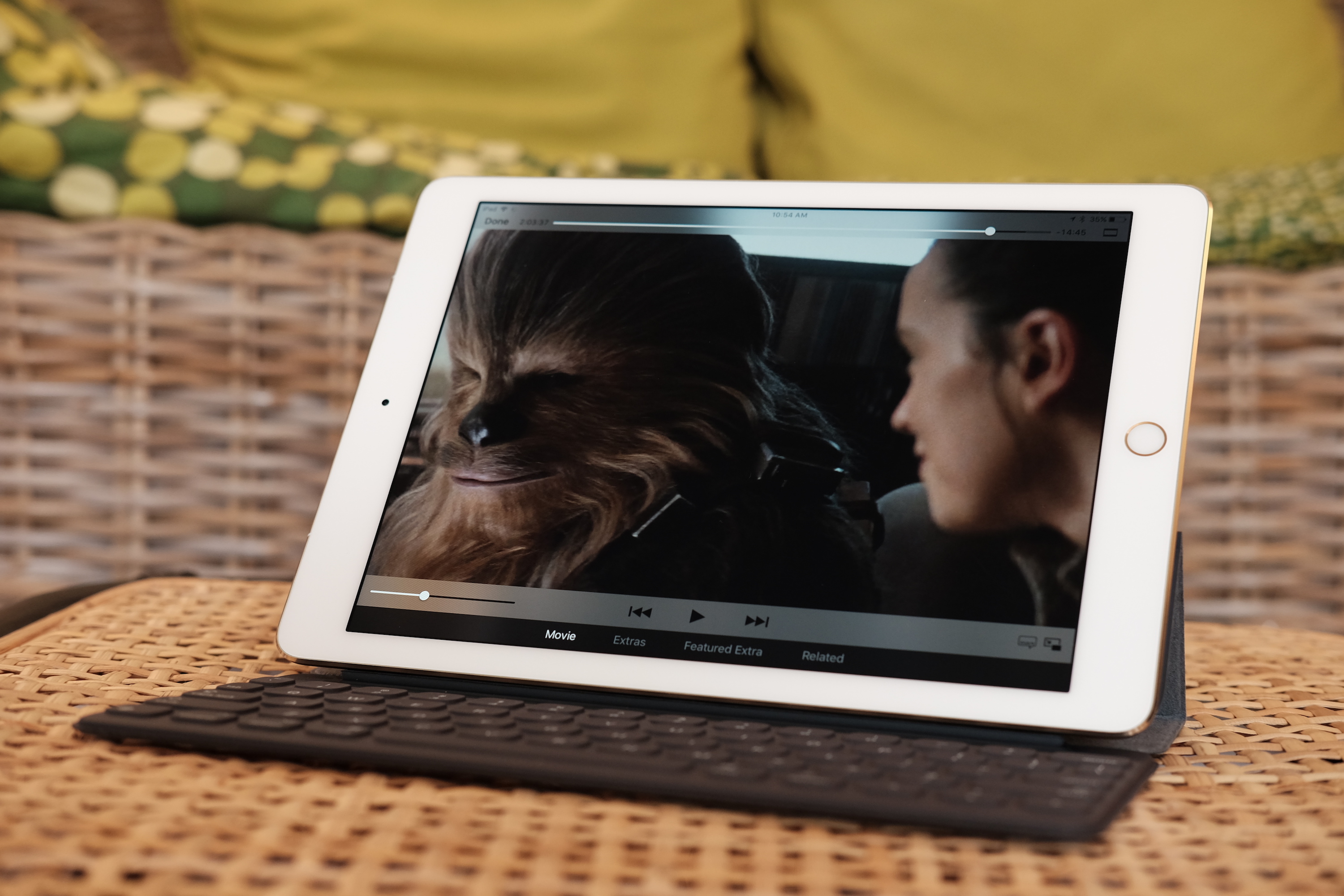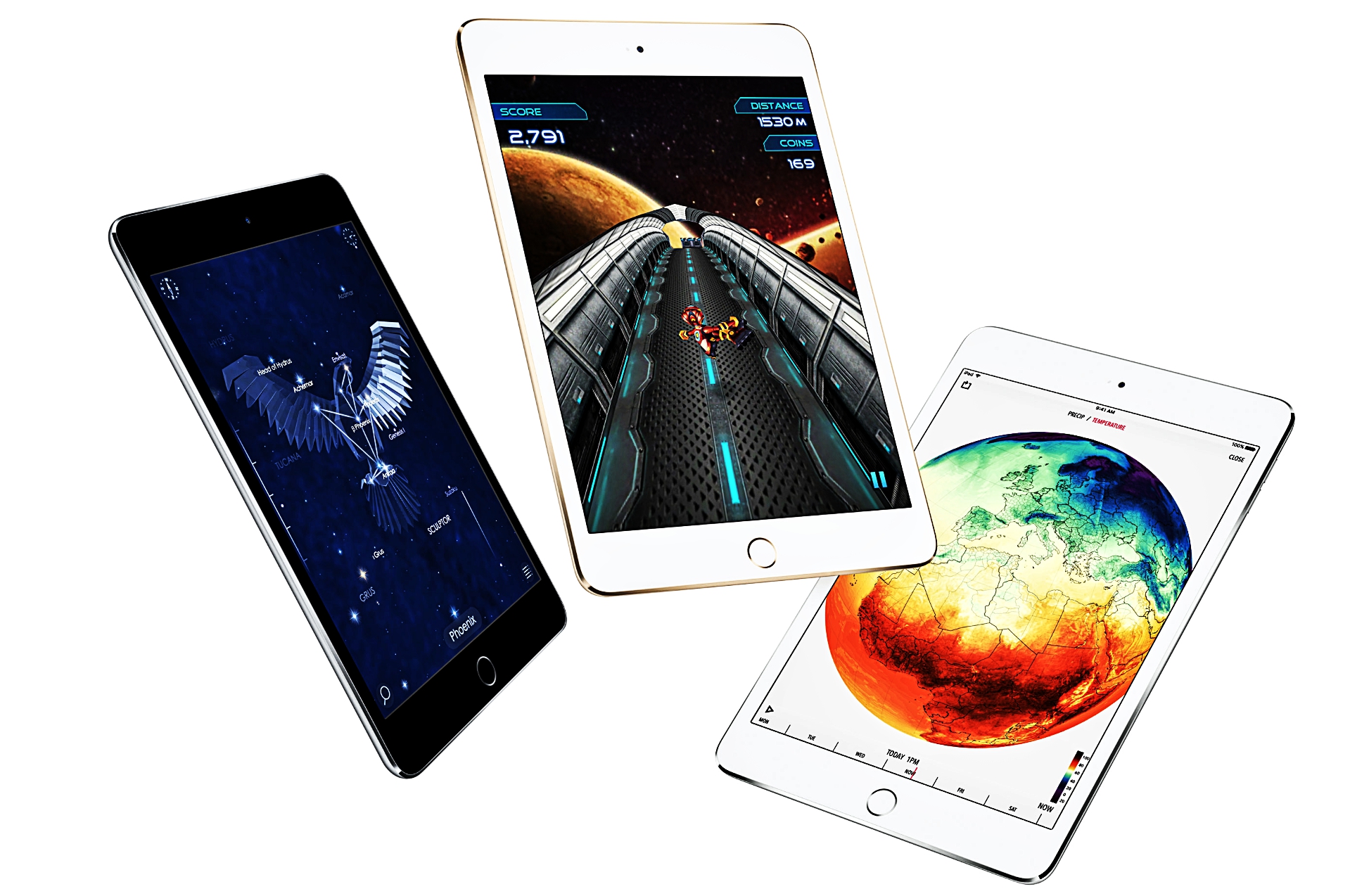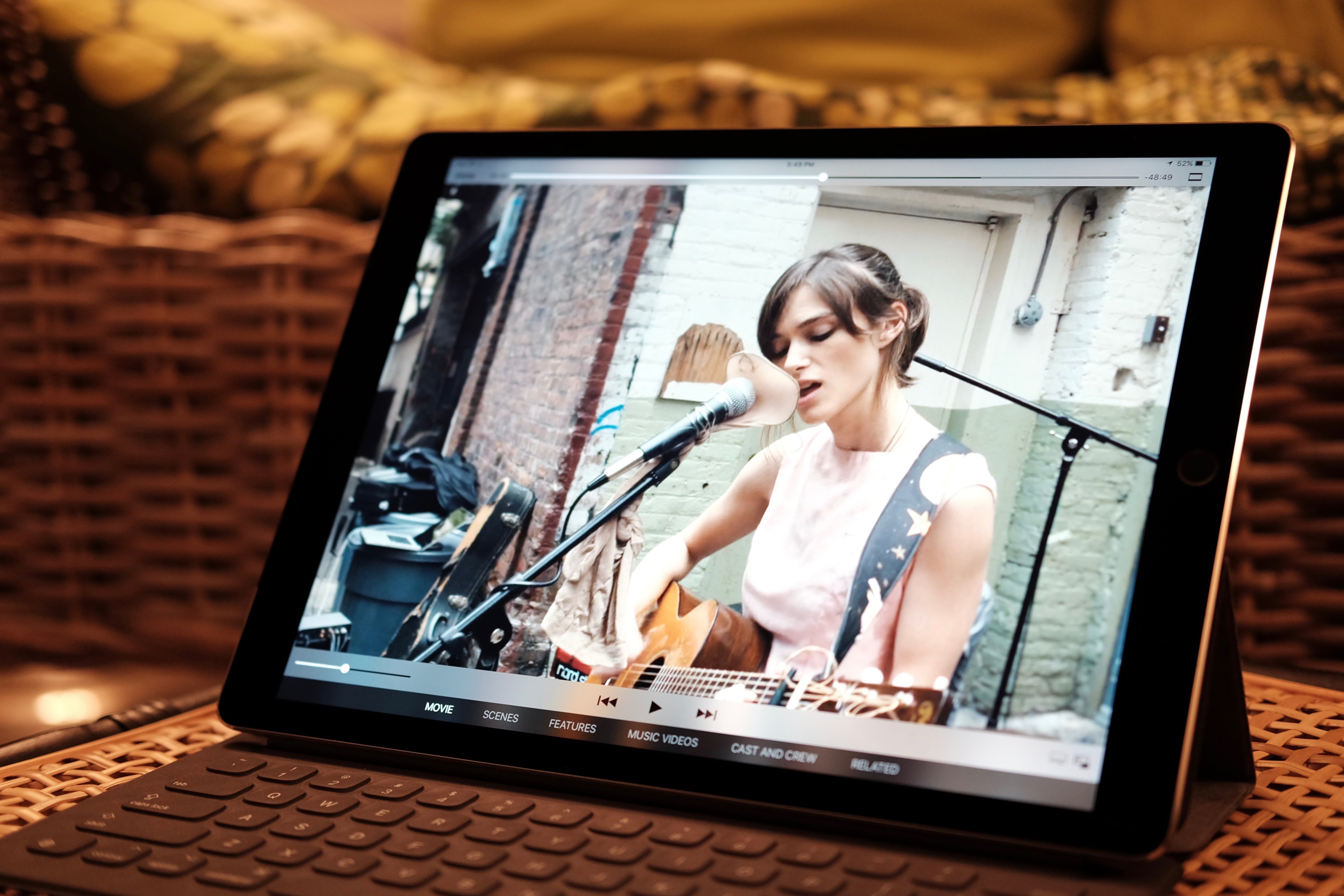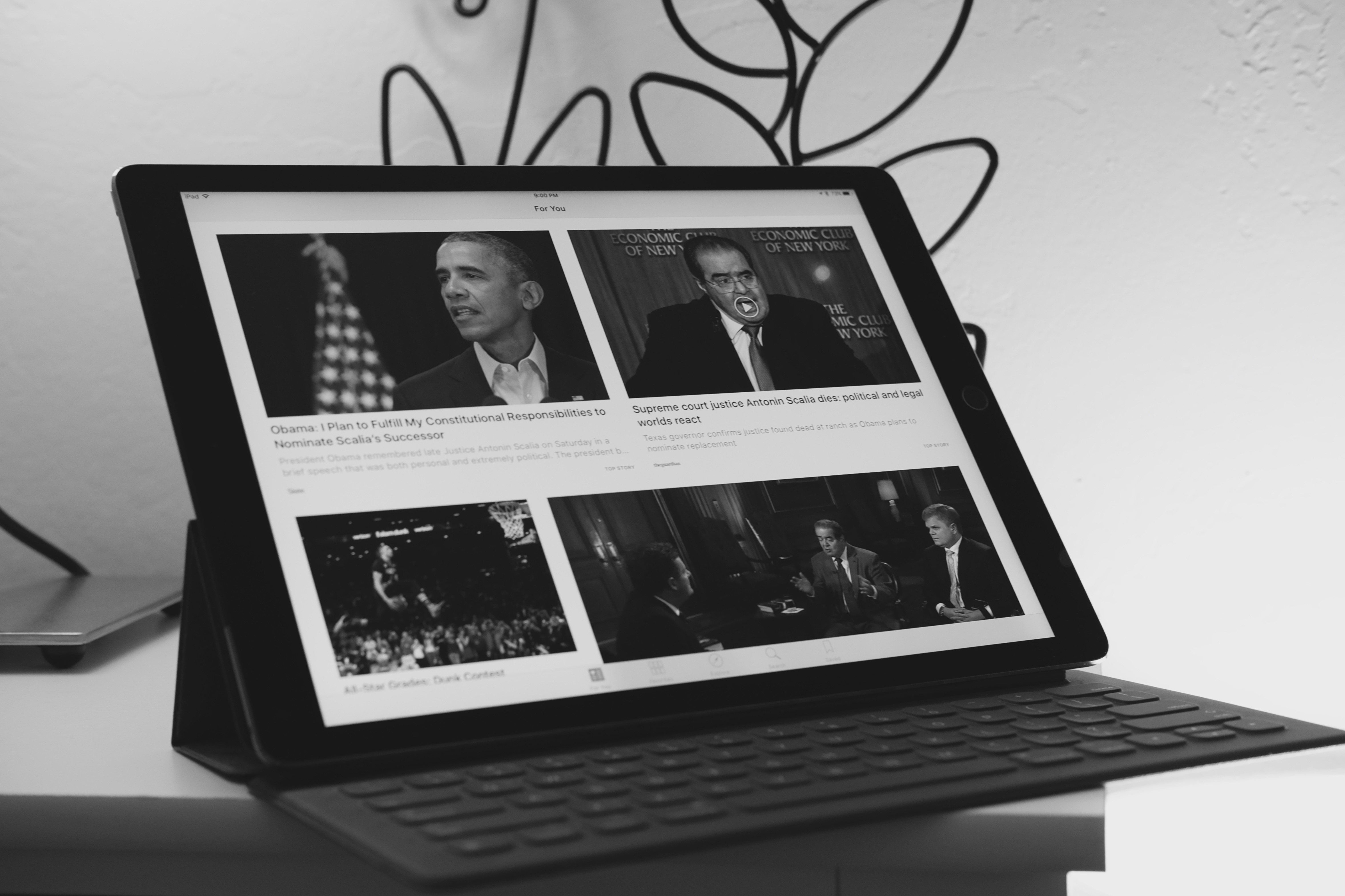Ten years ago today, July 26, 2013, Google released the Asus-manufactured (second-generation) Nexus 7 tablet in the United States. I almost need say nothing more than share headline to today’s Android Police story by Zachary Kew-Denniss: “10 years ago, Google launched the 2nd-gen Nexus 7, and no tablet has captured its magic since“. Dek: “An elegant tablet from a more civilized age”. Ah, yup. (Oh, check out the tech site’s way-back-when unboxing video.)
To be honest, I was enamored with the first iteration released the previous year, too. But the second checked all the right boxes: Android version maturity, balance, price, size, specs, supporting services, and utility. The thing felt good to handle and use, and Google smartly marketed the device as a tool for family and school purposes (great marketing video; click through). Apple couldn’t come close for communications, informational utility, virtual assistant capabilities, etc. etc.
